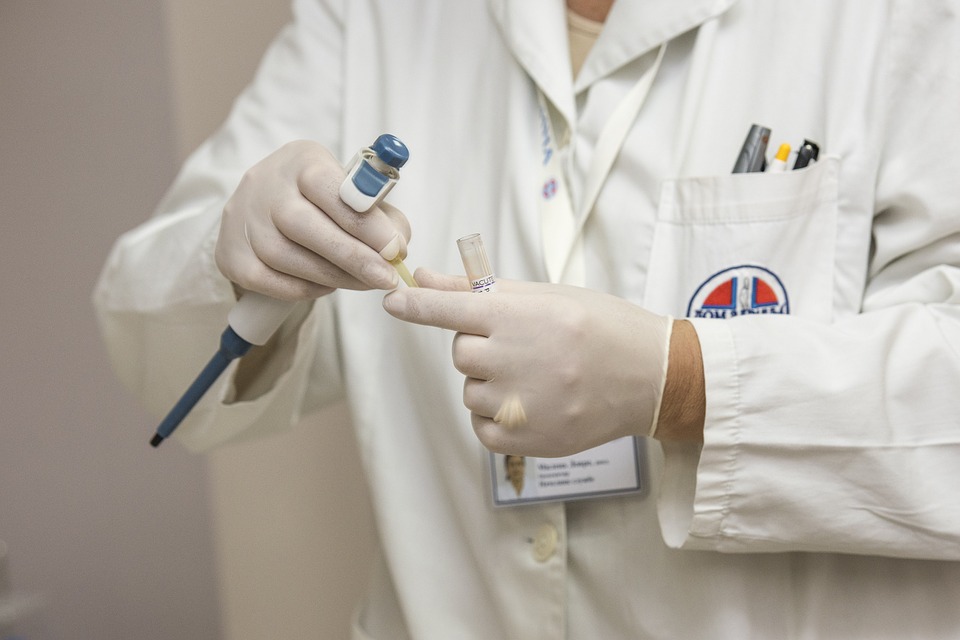OSHA and American Chemistry Council Form New Alliance

The Occupational Safety and Health Administration has formed a new alliance with the American Chemistry Council (ACC).
This new partnership is being hailed as an effort to protect workers from asthma and lung conditions associated with the polyurethane production industry. Polyurethane is a type of plastic that's used in a wide variety of applications. Scientifically speaking, it consists of organic compounds that are joined together by carbamate links. Because of its unique properties, polyurethane is prized for its strength, versatility and waterproof characteristics.
Even if you're unfamiliar with the term, you probably use polyurethane products on a regular basis. The substance is commonly used to make foam, spray paint, moldings, brushings, wheels, automotive bumpers, headrests, gloves, tubing and more.
But producing polyurethane creates toxic chemicals that can cause respiratory illness and distress. In order to produce this plastic-like material, companies must first source and use isocyanates. This is the raw, bare material from which polyurethane is made. According to OSHA, exposure to isocyanates can cause irritation of the mucus membranes and skin. Long-term exposure can cause chest tightness, trouble breathing, asthma and other serious health concerns.
The new alliance between OSHA and the ACC will last for two years, during which the two organizations will actively seek to educate polyurethane employers and workers on the dangers of isocyanates. OSHA and the ACC are expected to launch a new web portal that covers a wide range of topics pertaining to isocyanates. Furthermore, the two organizations said they will publish medical surveillance guidelines that employers can use to monitor workers for signs of illness associated with isocyanates exposure.
"OSHA’s new alliance with ACC will help ensure that employers and employees who work with the identified chemicals better understand the health hazards associated with these potentially hazardous chemicals, and the methods to control employee exposures,” said Deputy Assistant Secretary of Labor for Occupational Safety and Health Loren Sweatt.
Of course, there are other steps that employers in the polyurethane industry can take to protect workers from respiratory disease and illness. Requiring workers to wear the appropriate personal protection equipment (PPE), such as a respiratory, is perhaps the single greatest safeguard. Additionally, working environments should be properly ventilated to prevent the buildup of harmful fumes. Along with the educational tools being provided by OSHA and the ACC, these are just a few ways to reduce the risk of respiratory disease in the polyurethane industry.
Recent Posts
-
Fire Safety in the Workplace: What You Need to Know
What steps are you taking to prevent fires in your workplace? According to the U.S. Occupational Saf …Aug 23rd 2023 -
Is It Safe to Go Jogging With a Cold Infection?
If you're suffering from a cold infection, you might be wondering whether it's safe to go jogging. T …Aug 22nd 2023 -
5 Safety Tips to Follow When Using a Powder-Actuated Tool
Powder-actuated tools are commonly used to join materials to steel and concrete. Also known as Hilti …Aug 20th 2023




